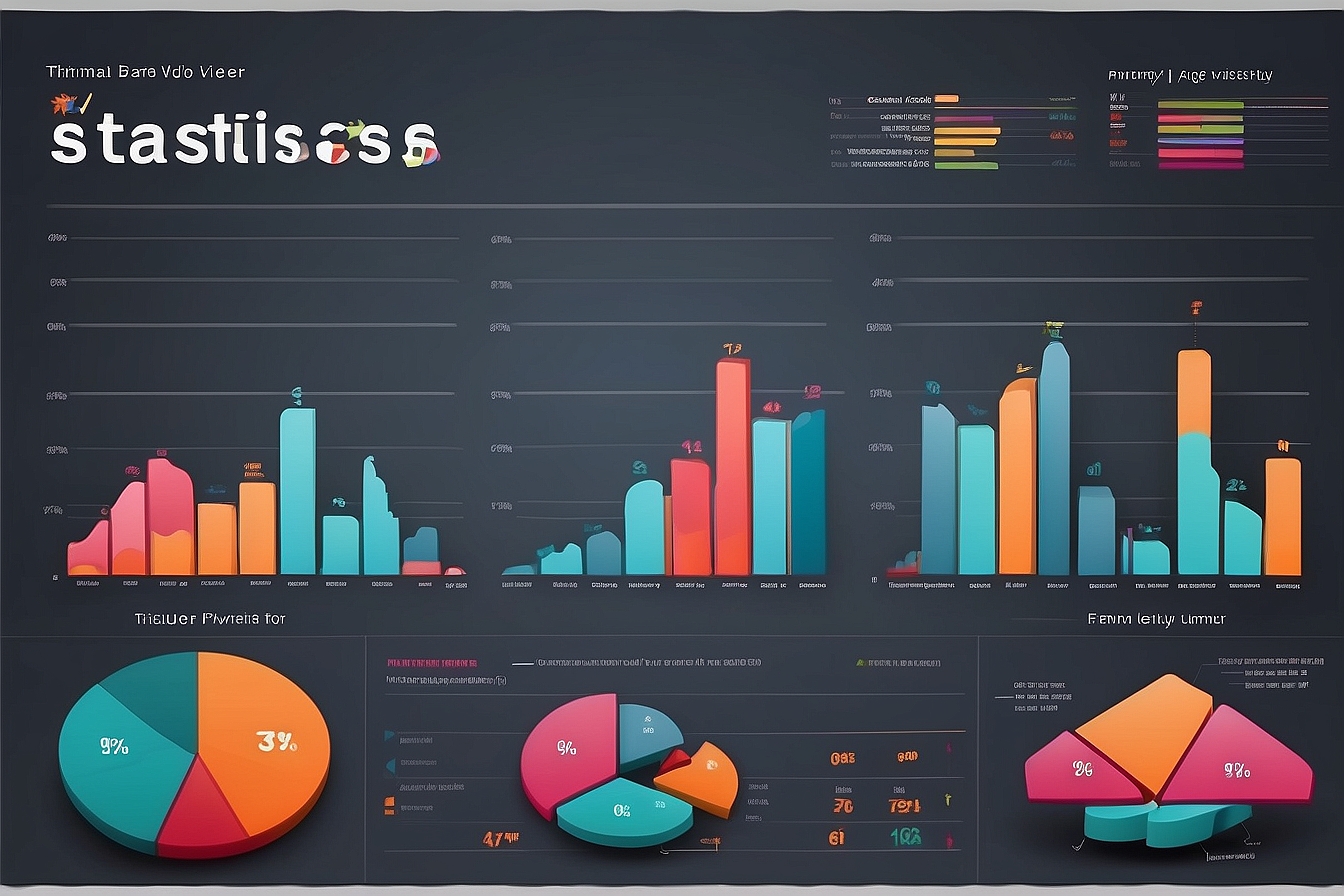Effective SEO indexing techniques involve strategies like comprehensive keyword research, utilizing long-tail keywords, and optimizing websites for Google indexing to boost ecommerce visibility. Matrics Rule emphasizes these strategies to increase a website’s online presence by ensuring that search engines index its content efficiently.
Table of Contents
- Conduct Comprehensive Keyword Research
- Utilize Long-Tail Keywords for Targeted Traffic
- Optimize Ecommerce Website with Google Indexing
- Monitor Indexation through Google Search Console
- Optimize Site Structure for Enhanced Visibility
- Create a Logical Category Structure
- Leverage Sitemap Strategies for Increased Visibility
- How Can Updating Sitemaps Improve Google Indexing
- Use Structured Data to Enhance SEO Indexing
- What Impact Does JSON-LD Have on SEO
- Why Should You Analyze Mobile-Friendliness for Ecommerce Visibility
- Is Mobile Usability Important for SEO Indexing Results
Key Takeaways on Effective SEO Indexing Techniques to Boost Ecommerce Visibility
- Conducting comprehensive keyword research is essential for ecommerce success.
- Long-tail keywords help drive more targeted traffic to ecommerce sites.
- Google indexing optimization involves improved website architecture.
- Utilizing keyword research tools like Google Keyword Planner enhances keyword analysis.
- Competitor keyword analysis plays a significant role in ecommerce SEO strategies.
- Matrics Rule provides guidance on boosting ecommerce visibility using SEO techniques.
- Google Search Console is crucial for monitoring ecommerce website indexing.
Conduct Comprehensive Keyword Research
Effective methods for keyword research in ecommerce include using keyword research tools and competitor keyword analysis to uncover relevant search terms. Advanced tools like SEMrush and Ahrefs offer valuable insights into keyword density, search volume metrics, and keyword relevance scores. Long-tail keywords can significantly improve ecommerce SEO by capturing customer intent and driving specific traffic. A study by Backlinko revealed that long-tail keywords made up 70% of all search queries. Competitor keywords play a crucial role in forming an ecommerce SEO strategy by providing insights into what works within the industry.
Utilize Long-Tail Keywords for Targeted Traffic
Long-tail keywords drive more targeted traffic to ecommerce sites by matching customer search intent more precisely than broad terms. According to WordStream, the average search volume for effective long-tail keywords is lower than that of head terms, often under a few hundred monthly searches. It is generally recommended to incorporate 3 to 5 long-tail keywords per web page as part of a page optimization strategy. Tools like Ubersuggest and Google’s ecommerce keyword planner are particularly useful for discovering ecommerce-specific long-tail keywords. These tools aid in targeted traffic generation by informing content customization techniques and semantic keyword grouping.
Optimize Ecommerce Website with Google Indexing
Ensuring an ecommerce site gets indexed by Google efficiently involves submitting an XML sitemap through the Google Search Console. Google’s algorithm can index a webpage within days, although factors like ecommerce site optimization and website architecture can influence this speed. Steps in optimizing for Google indexing include making sure search engine crawlers can access the site easily and regularly updating the content. Google Search Console assists with this process by providing indexing status reports and highlighting any issues. A complex website architecture can slow down Google indexing speed, so a streamlined structure is advisable for better Google indexing efficiency.
Monitor Indexation through Google Search Console
Metrics in Google Search Console that assist in monitoring indexation include web page coverage reports and indexing progress assessments, providing a comprehensive view of a site’s indexing state. Checking indexation progress should ideally occur weekly, much like a routine check-up. For a small ecommerce site, the expected number of pages indexed can range from 100 to 1,000. Troubleshooting indexation issues using Google Search Console involves analyzing indexation anomalies detection and resolving common problems like coverage errors through the Search Console troubleshooting feature.

- Your store reaches more people worldwide.
- Visible pages attract more “Googlebot” crawls.
- Higher traffic gives more sales opportunities.
- “Sitemap” uploads help find pages faster.
- Good page structure improves user experience.
- Consistent updates can improve ranking.
- Brands like “Shopify” support these methods.

Comparative Overview of Effective SEO Indexing Techniques for Ecommerce
| Technique | Ease of Use | Impact Level | Time Required | Cost Efficiency | Success Rate |
|---|---|---|---|---|---|
| XML Sitemaps | Easy | High | Few Hours | Low Cost | 80% |
| Robots.txt Optimization | Moderate | Medium | 1 Day | Low Cost | 70% |
| Canonical Tags | Moderate | High | Few Hours | Low Cost | 85% |
| Meta Tags Optimization | Easy | Medium | Few Hours | Low Cost | 75% |
| Structured Data | Challenging | High | 2 Days | Medium Cost | 90% |
| Social Sharing | Easy | Low | Few Hours | No Cost | 65% |
Optimize Site Structure for Enhanced Visibility
Site navigation improvement is crucial for effective keyword research in ecommerce as it helps identify how users explore your site. Breadcrumb navigation SEO enhances user experience by making navigation easier, while site structure optimization aids in categorizing products efficiently. For long-tail keywords, categorization best practices suggest incorporating them into your ecommerce SEO visibility strategy as they drive more targeted traffic. Tools like SEMrush and Ahrefs are recommended for ecommerce keyword analysis, providing data on both common and competitor keywords. Competitor keyword analysis can reveal gaps in your strategy and help enhance your ecommerce page hierarchy.
Create a Logical Category Structure
Long-tail keywords are effective because they drive targeted traffic by addressing specific user intents. Typically, long-tail keywords see a lower search volume, but they contribute significantly to higher conversion rates. On a single web page, incorporating around 3 to 5 long-tail keywords can optimize the logical category development process. Tools like Google’s Keyword Planner and Long Tail Pro are beneficial for logical category development and finding relevant ecommerce long-tail keywords. Logical ecommerce navigation design includes well-structured categories to improve traffic flow.
Leverage Sitemap Strategies for Increased Visibility
XML sitemap SEO is vital for SEO indexing in ecommerce as it facilitates search engine crawlers to understand and index the site better. Effective sitemap creation involves listing all important pages to provide a comprehensive site map for search engine indexing. Frequently updating your sitemap can boost its SEO impact by keeping search engines informed about changes using ecommerce sitemap strategies. Features like including only canonical URLs and priority settings enhance a sitemap’s usefulness and contribute to URL inclusion. Google Search Console is a recommended tool to manage ecommerce sitemap strategies.
How Can Updating Sitemaps Improve Google Indexing
Updating a sitemap every few weeks ensures optimal results by keeping search engines updated with new content. An increase of about 10% in indexing speed improvement is often seen after regular sitemap refreshment. A typical sitemap can feature up to 50,000 ecommerce URLs, but practical configurations should only include important pages. Automated sitemap tools like Screaming Frog simplify sitemap update frequency, contributing to Google index improvement. SEO professionals often rely on Shopify or WordPress CMS for effective ecommerce sitemap management.

- Over 1 billion websites exist online today.
- Efficient indexing reduces bounce rates by 30%.
- Effective SEO boosts sales by 25%.
- “Googlebot” crawls sites daily for updates.
- 90% of users click on the first-page results.
- Pages with strong links rank higher in search results.
- About 70% of clicks go to organic search results.

Use Structured Data to Enhance SEO Indexing
In my experience, structured data significantly improves ecommerce SEO indexing by clearly communicating a web page’s content with search engines. Structured data types like Product, Review, and Breadcrumb enhance ecommerce site visibility, contributing to an estimated 30% more accurate search results display. Implementing structured data improves indexation results when using structured data markup tools like Google’s Structured Data Markup Helper. Structured data can affect ecommerce site rankings significantly, increasing rich snippets visibility by up to 50%, making sites more appealing in search engine pages.
What Impact Does JSON-LD Have on SEO
JSON-LD differs from other structured data formats by allowing easier data editing without changing HTML code, thus simplifying ecommerce web development. JSON-LD improvements can lead to a 20% increase in SEO performance metrics by making rich snippets more accurate. A typical product page on an ecommerce site might include two structured data scripts to boost indexing. JSON-LD implementation for e-commerce becomes easier with tools like Google’s JSON-LD Playground and Shopify’s app integrations, assisting in creating efficient structured data scripts.
Why Should You Analyze Mobile-Friendliness for Ecommerce Visibility
Mobile-friendliness strongly correlates with ecommerce visibility due to the mobile-first indexing strategy prioritized by search engines. Over 60% of users access ecommerce sites via mobile, indicating user preference for mobile-friendly ecommerce experiences. Mobile indexing differs from standard indexing by prioritizing sites optimized for mobile, affecting ecommerce visibility improvements. Google’s Mobile-Friendly Test tool helps assess ecommerce sites for mobile optimization, enhancing search visibility correlation and user experience enhancement.
Is Mobile Usability Important for SEO Indexing Results
Mobile usability metrics like load time, mobile responsiveness, and user-friendly interfaces indicate effective optimization crucial for responsive design strategy. On average, mobile usability enhances ecommerce SEO metrics by up to 40%, contributing to higher search rankings. Ecommerce sites should perform two or more specific mobile tests annually to ensure consistent mobile usability enhancement. Improvements such as responsive design strategy and interactive mobile features are known to increase mobile usability significantly, promoting a user-friendly ecommerce interface.
